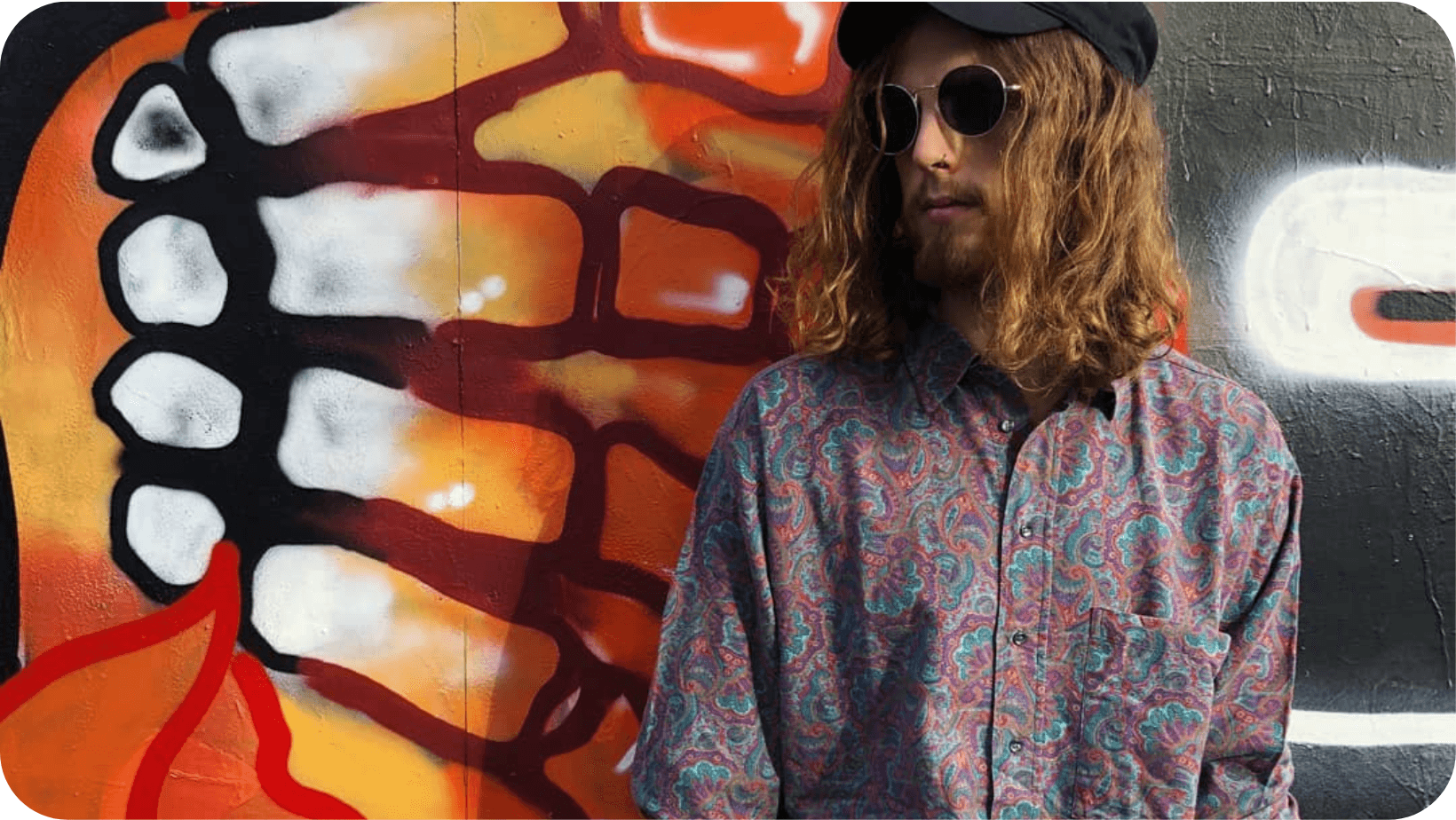Fashion doesn’t need to cost the Earth: Ethical vintage clothing
The 90s are now officially classed as vintage. We couldn’t believe it either! Clothing over twenty years old is considered to be officially vintage. Think Seinfeld, Friends, Saved By the Bell and The Fresh Prince of Bel Air, to some of us it feels like only yesterday that these shows launched the careers of some of our favourite style icons, but now those old 90s fashion pieces you’ve had in storage all these years might just be worth something!
Vintage shops and thrift stores have been popular places to pick up a quirky outfit and a good bargain for decades. In recent years platforms such as Depop and Vinted have exploded onto the scene and redefined thrift shopping. Where once we would spend our weekends pawing through rails to find the perfect ethical vintage clothing pieces, now we can find them with a quick search, usually at even cheaper prices. Depop and Vinted are online marketplaces where users can sell their used and / or vintage clothing online, accessories and more. Depop is incredibly popular, founded in 2011 they now have over thirty million registered users, four million active users making $70 million in revenue in 2020. Vintage and second-hand clothing is big business, but is it better for our planet?
When we look at how clothing is produced, and how harmful fast fashion is to the environment, it’s clear that the trend of buying and swapping vintage and second-hand clothing online and in stores is the more ethical option. It prevents what we call ‘throwaway fashion’ where people purchase cheap items to wear a small number of times and then they end up in landfill. Buying second-hand and reworked clothing is a great way to recycle old garments.
Fast fashion accounts for 10% of all carbon emissions in the world, let that sink in. 10% of all carbon emissions come from cheaply making and transporting approximately one hundred and fifty billion clothing items every year. Since 2000, the fast fashion industry has doubled the number of garments they’re producing. Not only increasing carbon emissions but increasing textile waste and wasting water, one cotton t-shirt requires 2,700 liters of water to make – it would take the average person over two years to drink that much water! Dying and treating fabrics also releases chemicals into waterways which causes public health hazards.
Imagine for a moment the shocking conditions that somebody must be working in, not just due to exposure to these chemicals but long working hours, low pay and often exploitative child labour and forced labour that make a £10 Primark top or a £20 ASOS dress possible. Many of us who are privileged enough to enjoy browsing online for clothing we love, are already shopping with a conscience by choosing to spend that bit more on independent slow fashion brands or buying vintage clothing store and second-hand ethical vintage style clothing pieces.

Quality vintage and slow fashion pieces are undeniably more expensive than thrifting, but with good reason. Vintage pieces offer our favourite brands and designers at a much lower price than a piece would be new, but you’re still investing in a high-quality piece which is much more durable than less expensive fast fashion pieces, you may also come across very rare and unusual pieces that you can’t find elsewhere. Vintage clothing was made to last so is usually more durable. Slow fashion brands make in small batches, paying staff a fair wage and sourcing materials ethically which inevitably adds to the price, but reduces impact on the environment and improves working conditions.
With second-hand shopping, you never know where the perfect bargain may be found, from online marketplaces such as Facebook Marketplace and Ebay, to scouring your local car boot sale or charity shop, eco-friendly shopping options are now widely available and a quality vintage piece may be hiding where you least expect to find one.
For those that struggle with the idea of wearing second-hand clothing, a new wave of eco-conscious retailers are becoming available, which is showing promise that in modern-day society businesses care about how their products are made, and the long-lasting effects fashion can have on the planet. Vegan apparel brand Ochi, make clothes from 100% organic and recycled material and remove 1kg of plastic from the ocean per purchase on their website via Cleanhub, and many brands are using plant-leather alternatives which are less harmful to the planet.
Whilst the above gives hope for the future of fashion, re-using what is already available will always be the most eco-friendly fashion trend, that thankfully, is becoming more mainstream by the day. Wearing ethical vintage clothing is the perfect way to put together a unique outfit, blending different decades and styles to create a look that is truly one of a kind, proving that fashion doesn’t need to cost the earth.
For more information and insight on fashion check out our fashion & beauty section.
